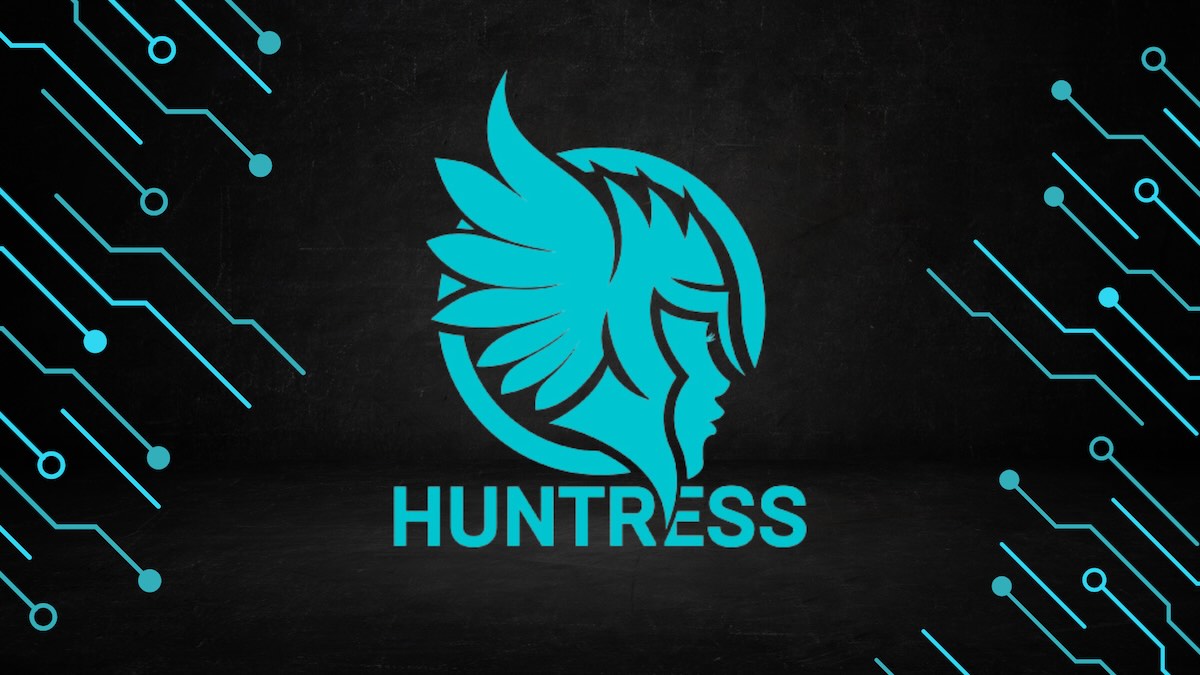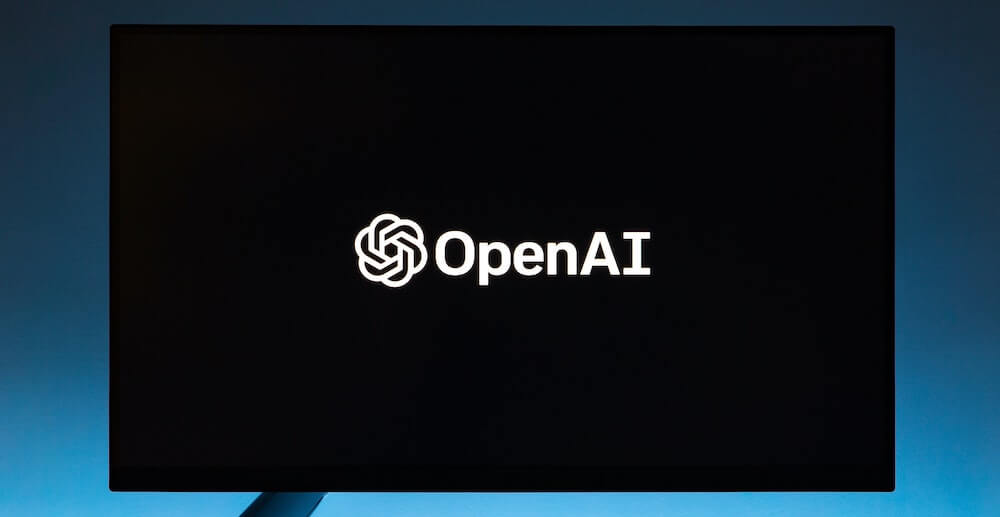Is your business ready for Windows 7 end of life?
According to a report by Help Net Security, earlier this year 43% of businesses were running on Windows 7. Is your business among them? If so, you should be preparing for Windows 7 end of life.
On January 14, 2020, Microsoft will end support for Windows 7. This means Microsoft will no longer provide regular security updates or support for PCs running this operating system. When this happens, businesses using this operating system will have a much higher risk of exposure to viruses, data loss, computer corruption and cyberattacks. Obviously, these are risks no business can afford to take.
Also, if your business is required to follow certain regulatory compliance such as PCI, HIPAA or the latest GDPR, then your business cannot pass yearly audits if you continue to use unsupported operating systems.
To protect their IT infrastructure, applications and computers, businesses still running Windows 7 need to start working now on upgrading to Windows 10. The goal should be to complete the migration by the end of 2019. This will ensure your business is fully upgraded before the Windows 7 end of life deadline.
Options for Handling Windows 7 End of Life
There are two potentially viable options for navigating the Windows 7 end of life deadline:
- Upgrade to Windows 10 on existing PCs
- Purchase news PCs that come with Windows 10 already installed
Let’s look at the pros and cons of each option.
Option 1 – Upgrade to Windows 10 on existing PCs: If your desktops and laptops are less than 3 years old, it may make sense to simply upgrade to Windows 10. Doing so will take the least amount of time, as compared to option 2. Also, it should cause the least disruption, as all files and software can stay on the PC if necessary.
However, upgrading to address the Windows 7 end of life issue may not come cheap. Some computers may already have the Windows 10 licensing pre-loaded. In this case, the only cost involved would be purchasing the Windows 10 installation file, which is typically under $200 per device. But, if you also need to buy the license, that purchase can be quite expensive.
There’s also the age of existing PCs to consider. The older a computer gets, the closer it gets to the end of its life. It may not be wise to buy Windows 10 licensing and/or software for a computer that will need to be replaced in another year or two. It could make more sense to just buy a new one that’s already loaded with Windows 10.
Option 2 – Purchase new PCs that come with Windows 10 already installed: The obvious cons of this option are the cost of buying new computers, as well as the time involved. Researching and buying new PCs, transferring all files, and setting everything up for users can be much more time-consuming than simply installing software on existing PCs.
However, this option may be the right move for businesses with:
- Computers that don’t already have the Windows 10 OEM license originally included
- Computers that are over 3 years old
As mentioned above, the cost to buy the Windows 10 license and software can be fairly steep. Consider how much it would cost to upgrade on an existing PC versus buying a new computer and compare costs accordingly. Keep in mind the age of the computer and when it will need to be replaced.
As a rule of thumb, we recommend replacing computers that are over four years old to address the Windows 7 end of life issue. Computers that age will slow down over time and not perform as well. In addition, they may not be fully compatible with Windows 10 or may negatively impact user experience and performance.
How to Decide
When confronting the Windows 7 end of life deadline, businesses should weigh the above options by looking at each computer individually. Take note of PC age and whether or not it already has Windows 10 licensing capability. Then factor in all costs of upgrading on existing computers versus replacing them with new ones.
Don’t Go Unprotected
If your business has an in-house IT department, they should already be working on addressing this. If you work with a Managed Service Provider (MSP), make sure they are being proactive in responding to Windows 7 end of life.
We’re currently working with our clients to make smart decisions and managing upgrades to Windows 10. If your business needs help managing the Windows 7 end of life issue, contact us today.
P.S. Microsoft is also ending support for Windows Server 2008 on January 14, 2020. Click here to read what businesses need to know about that.





